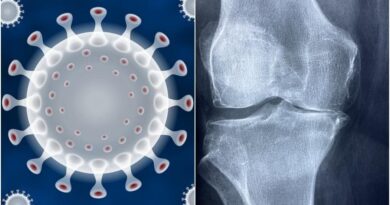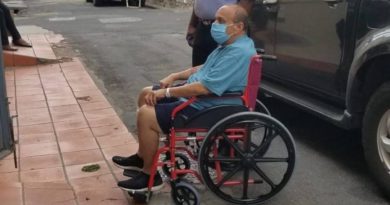“The Pan-European Picnic”…an incident that led to the fall of the communist regimes
More than 7 decades after the success of the Bolshevik revolution led by Vladimir Lenin in 1917, the world followed in late 1991 the end of the Soviet Union, which finally dissolved, thus embodying the annihilation of the Cold War period that erupted after World War II.
Prior to the demise of the Soviet Union, Europe witnessed the fall of the communist regimes in the countries of the eastern camp, which previously formed the Warsaw Pact, which arose to reunite these allied countries of Moscow within a military alliance directed to combat NATO.
A few months before the date of the beginning of the collapse of the communist regimes and the fall of the Berlin Wall, in 1988 Europe witnessed a unique event represented in the opening of a section of the Austro-Hungarian border within what was called at the time a picnic in all of Europe.
Opening of the Austro-Hungarian border
In addition, the “pan-European picnic” was organized by the Hungarian Democratic Forum and the Organization for European Unity, led by Otto von Habsburg. Otto von Habsburg, born on November 20, 1912, is classified as the last heir to the throne in the history of the Austro-Hungarian Empire, which collapsed after its defeat in the First World War. The latter recorded his return to the political and global arena thanks to the Organization of European Unity, which he led in one of the strangest experiences of the Cold War.
In 1989, Otto von Habsburg, along with a number of other politicians, presented to the Hungarian Prime Minister Miklós Németh the idea of organizing a peaceful demonstration on the Austro-Hungarian border and opening the border between the two countries in clear defiance of Moscow’s policy in the region. Proceeding from this, the organizers of this demonstration tried to test the reaction of the Soviet Union, which was dying, and its leader, Mikhail Gorbachev.
The fall of the Iron Curtain
On August 19, 1989, a significant number of peaceful demonstrators gathered near the village of Sopronkőhida, near the city of Sopron, Hungary. During this demonstration, the border posts between Austria and Hungary were opened for three hours. Thanks to this, the international media talked about a loophole in the Iron Curtain, which was criticized by former British Prime Minister Winston Churchill, and divided Europe, within political borders, into two parts, western and eastern. In the midst of these events, about 600 citizens of East Germany took advantage of this peaceful demonstration, dubbed the Pan-European Picnic, and opened the borders to cross into Austria. Despite having orders to shoot anyone who crossed the border posts, the border guards of both Hungary and Austria refused to target these East German citizens.
Following this peaceful demonstration, the Hungarian security forces arrested more than 6,000 people, mostly from East Germany, who had tried to flee to Austria. On August 22 of the same year, Hungarian Prime Minister Nemeth met with West German Chancellor Helmut Kohl and informed him of his country’s desire to reopen the borders and send stranded East Germans to West Germany without consulting Moscow. By September 11, 1989, no fewer than 30,000 East Germans had crossed the Austro-Hungarian border before heading towards West Germany.
The pan-European picnic demonstration restored hope to the peoples of the countries of the eastern camp. Because of the absence of the Soviet response, the countries of the eastern camp witnessed in the following months great popular movements that resulted in the fall of the Berlin Wall and the unification of Germany, coinciding with the collapse of the communist regimes in Eastern Europe.




